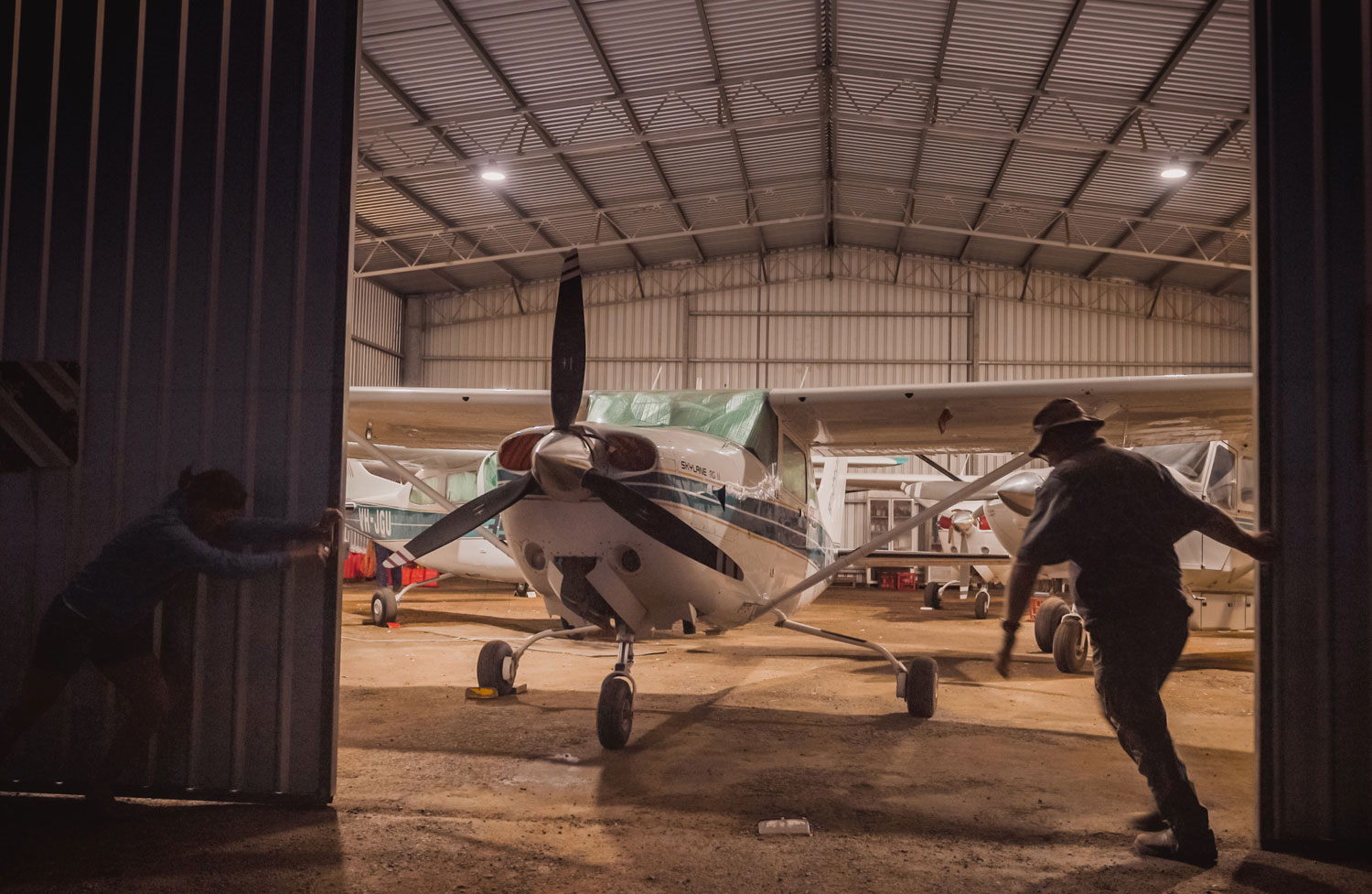A pilot having a bad day decides it is better to cut his losses after nearly cutting himself
I have always read with interest the close call articles in Flight Safety Australia and vowed I would never put myself in a similar position.
So the way in which my close call story occurred was quite unexpected. Through an apparently innocent set of circumstances, I found myself in a potentially fatal situation, all without ever leaving the ground.
It was a fine day for flying. Armed with my recently acquired licence, I arrived at the club keen to get in the air. In fact, I was a little too keen.
During the hour-long trip from home, I had built up a level of excitement that was to have a significant bearing on subsequent events. It seems that on this particular day, I was in a hurry – not for any particular reason, just in a hurry. I wasn’t running late, I wasn’t meant to be anywhere, I wasn’t trying to beat the weather or the light, nothing like that at all. In fact, I had plenty of time. Yet for some reason that day, I was in a hurry.
I arrived at the airfield 15 minutes before my allocated timeslot for the aircraft. The first issue I encountered was my regular aircraft was not available. No problem, I’ll just take another aircraft from the fleet.
I went out to conduct my pre-flight checks only to discover that not all Cessna 152s are necessarily the same. There were a couple of things different on this particular aircraft. The first difference was it had an electronic tachometer, something that took me a long time to ascertain. It was only after 15 frustrating minutes spent leafing through the pilot’s operating handbook and then eventually asking another pilot, that I discovered this nuance. That introduced an annoying delay. The second thing was the radio, but I’ll discuss that later.
On the walk around, I discovered an inspection hatch that hadn’t been screwed back into place after the aircraft’s recent maintenance. I raised this with one of the instructors. No problem, we’ll just screw it back on. But what if it was left open because there was some uncompleted maintenance?
We took the decision to call in the LAME (on a Sunday morning). More delays. After a 45-minute wait, the LAME arrived, checked the maintenance had been completed and confirmed the inspection cover could be replaced.
After getting through these delays, I was keen to get airborne. So, I quickly completed my inspection and hopped into the cockpit. I went through the startup sequence and got the engine started. At that point I realised I had forgotten to plug in my headset – no problem I’ll just do it now. But where does it plug in? As hard as I looked, I could not see where the headset jacks plugged into the console.
Adding to my frustration was the fact that I was severely restricted from looking around because I was in the harness with the seat forward and the engine running. Just when I thought I would have to shut down, I found a suitable-looking jack way over on the right-hand side of the console. I plugged in the headset and the comms came to life. Problem solved.
I taxied out from the apron having got these frustrating delays behind me. One of the other pilots preparing to depart saw me taxi past and called me for a radio check. I responded ‘loud and clear’ but got no response. I surmised that I must have a problem with my radio, further adding to my frustration.
By that stage I had taxied to the run-up area and was faced with having to turn back to get the radio problem sorted out. Because of my previous difficulties, I suspected the headset plug so I fiddled with that for a while but to no avail. No good, I’ll have to taxi back to the parking area.
While I was taxiing back, another aircraft in the parking area had started up. By the time I arrived back, he was ready to taxi out. I reached my parking spot but needed to shut down and push back before the other aircraft was clear to taxi. Keen not to delay the other pilot, I quickly shut down the engine, hopped out of the cockpit and ran around to the front of the aircraft. I grabbed a nose wheel push handle and turned the propeller to fit it to the aircraft.
The ignition switch was on.
Philip Zamagias (above) had a literal close shave with a live propeller. Read about it here
In my haste I had failed to complete my shutdown checklist properly and had left the ignition switch on. I had just turned the propeller on a live engine. Fortunately for me, the engine didn’t fire. Had it done so, it would have been me ‘sliced and diced’.
To add further to my complete ignorance, it wasn’t until I had pushed the aircraft back into its parking spot that I realised my near-fatal mistake. It took a full minute for me to comprehend and absorb the enormity of what I had just done. Never before had I felt such an overwhelming sense of fate – that something as simple as your state of mind could contribute to a near-fatal accident. Later I became incredibly angry with myself for allowing such a stupid mistake to occur.
Lessons learnt: So, what had I done wrong? Well, first I was in a hurry, for no particular reason. Second, I was in a hurry and was continuously frustrated by the delays. Third, I was in a hurry and had failed to take the time to properly understand this new aircraft and its differences. And finally, I was in a hurry and had failed to follow my engine shutdown checklist. In essence, I was in a hurry.
I never did fly that day. I decided I was not in the right state of mind to pilot an aircraft. Instead, I completed a proper shutdown, tied down the aircraft and went home in one piece. Now, 16 years and 200 flying hours later, I’ve never made that mistake again.






Comments are closed.